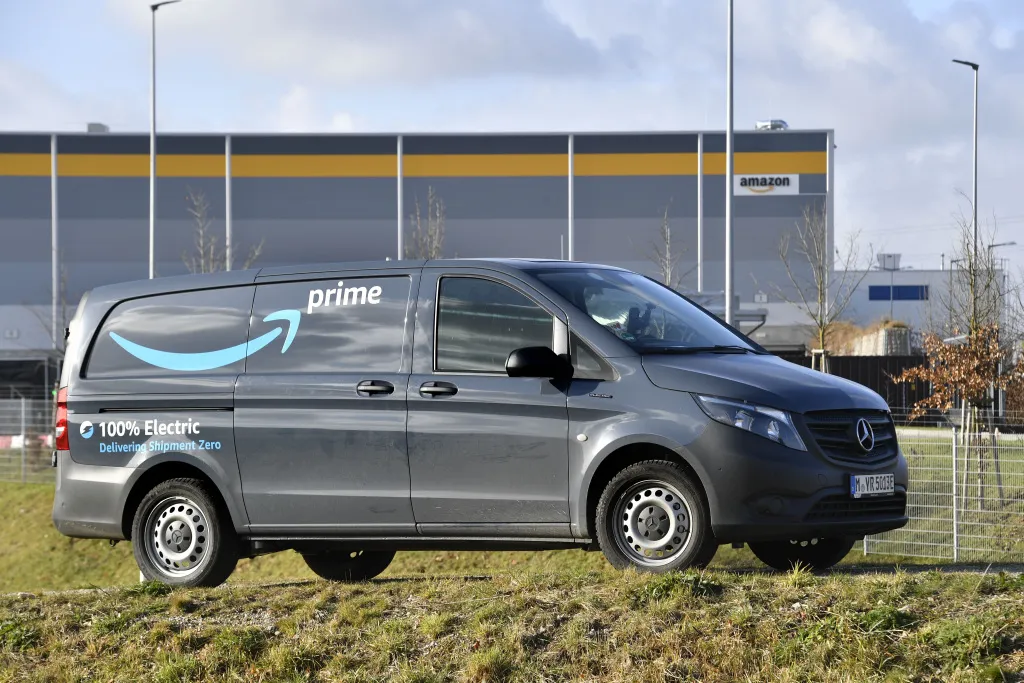Daimler subsidiary Mercedes-Benz has provided 10 battery-electric vans to operate in Amazon’s fleet in the German city of Munich.
By Ben Spencer
February 26, 2020
Read time: 1 min

Adam Elman, senior lead for sustainability at Amazon in Europe, says the company is aiming to implement the conditions of the Paris Agreement on climate change in 2040 – which would be 10 years ahead of time. “Strong partnerships such as this one with Daimler will enable us to achieve this aim,” he adds.
Mercedes says the eVito vans have an installed battery capacity of 41 kWh, which ensures a range of 150-184km. For wintry temperatures, the vans are expected to offer a range of around 100km.
Vans can be recharged at Amazon’s centre within six hours, the company adds.
Amazon is also ramping up its efforts in India following a pledge to operate 10,000 electric vehicles by 2025.









